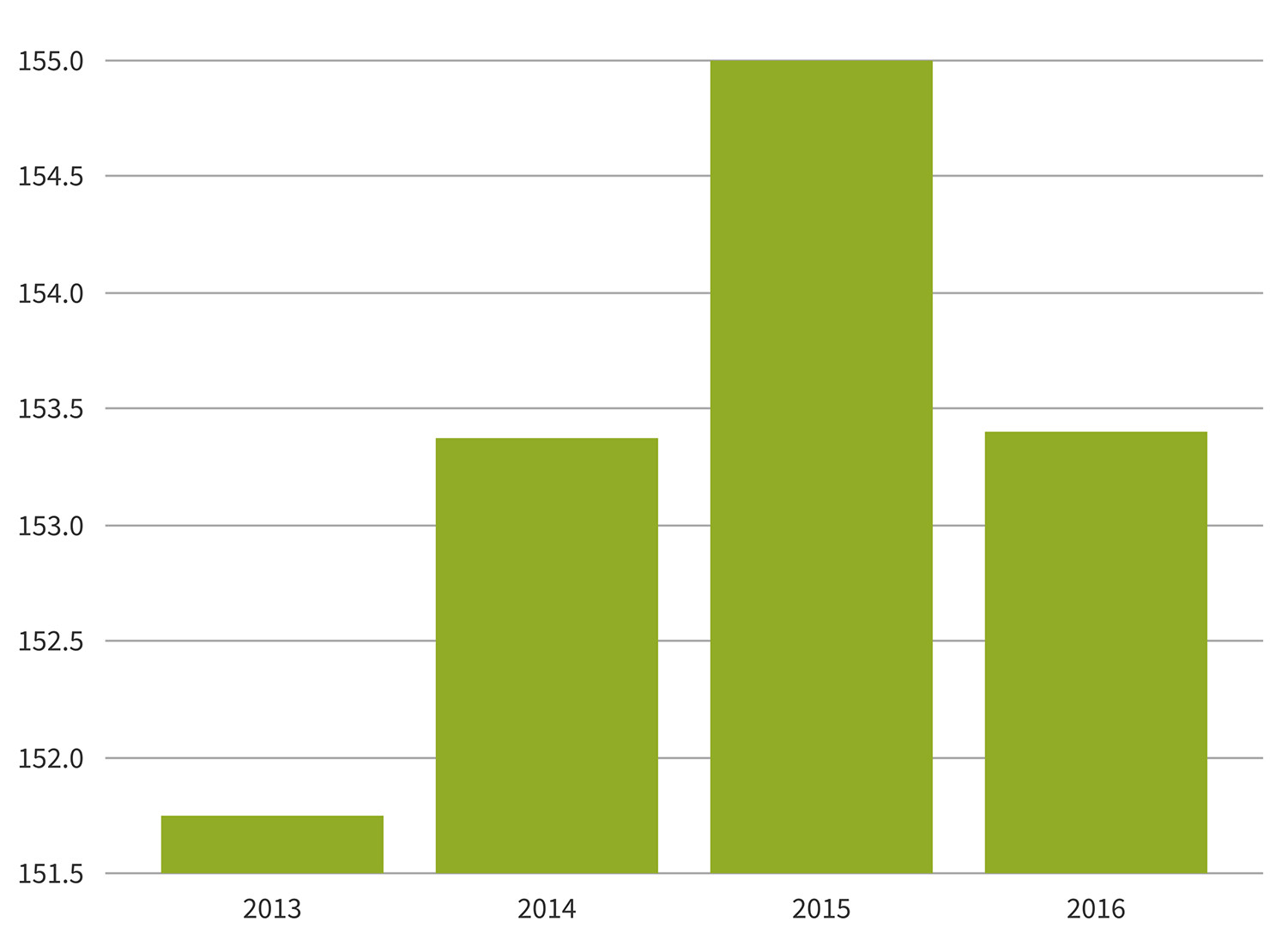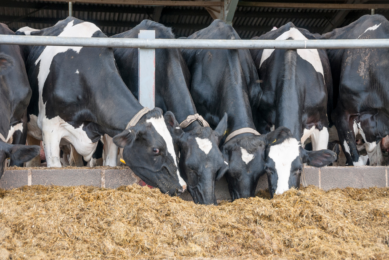New EU feed production estimates for 2016

The industrial compound feed production for farmed animals in the EU-28 in 2016 reached an estimated level of 153.4 million tonnes. This is 1% less than in 2015, according to data provided by FEFAC members.
With regards to cattle feed, the picture is extremely contrasted throughout Europe. The Netherlands and Poland saw their production of cattle feed increase by more than 8%, whereas France moved in the opposite direction, reflecting the diverging national milk production following the abolishment of dairy quotas. Overall, due to low milk prices, dairy farmers were not encouraged to purchase high performing feed to maximise milk production, resulting in an aggregate downturn of EU cattle feed production of 1.5%.
Decrease in poultry feed production France
Although poultry feed production was expected to perform rather well in 2016, the Avian influenza outbreak at the end of 2016 severely impacted several poultry producing regions of Europe, in particular France where a 4% decrease in poultry feed production was recorded. All in all, EU poultry feed production remained almost stable and is still the leading segment of EU industrial compound feed production, well ahead of pig feed.
Low pig prices cause drop in pig feed
On the pig feed side, after 2 years of moderate growth, the production decreased by 1.5% in 2016. This can partly be explained by the effects of African Swine Fever in Eastern Europe, which weighed heavily on the development of pigmeat production, but also by low market prices for pigmeat in the first half of 2016 and large availability of feed grade cereals at low prices which benefited on-farm mixing.
Poland is best performing country
For the third year in a row, Poland was one of the best performing countries, with annual growth of +4.7%, boosted by the demand for poultry feed which has turned Poland into the largest poultry producing country in the EU. The Netherlands, boosted by the demand for dairy feed, recorded a 1% growth vs. 2015. Germany, Spain and Belgium saw their total compound feed production fall by 1-2%, whereas France saw its production drop by 4%. Germany strengthened its position as leading EU country in terms of total compound feed production, ahead of Spain and France.
Market Outlook for 2017
FEFAC market experts are relatively pessimistic concerning industrial compound feed production in 2017. The dairy sector still needs to recover from the severe milk price crisis, thereby likely negatively impacting the dairy herd in 2017, while also national adjustments to meet environmental criteria play a role. These developments may lead to a further reduction of cattle feed production by 2%. The expected stabilisation of pigmeat production in Europe could induce a moderate reduction in demand for pig feed (-1%). Poultry exports will continue to be affected by Avian influenza, thus putting pressure on EU poultry production and subsequently the feed segment (-0.5%). Overall, this would lead to a further 1% decrease in compound feed production in 2017 vs. 2016.
The final estimate and detailed breakdown of the 2016 figures will be issued in June 2017.
*EU-28: In 2004, the European Union was enlarged from 15 to 25 member states. The new 10 countries were: Cyprus, Estonia, Hungary, Lithuania, Latvia, Malta, Poland, Slovenia, Slovakia and Czech Republic. In 2007, Bulgaria and Romania joined the EU. Croatia has been the latest edition They joined on July 1
st
, 2013.











